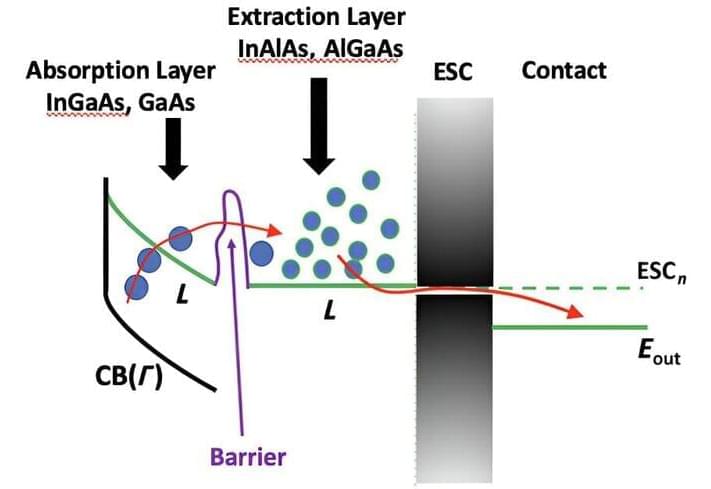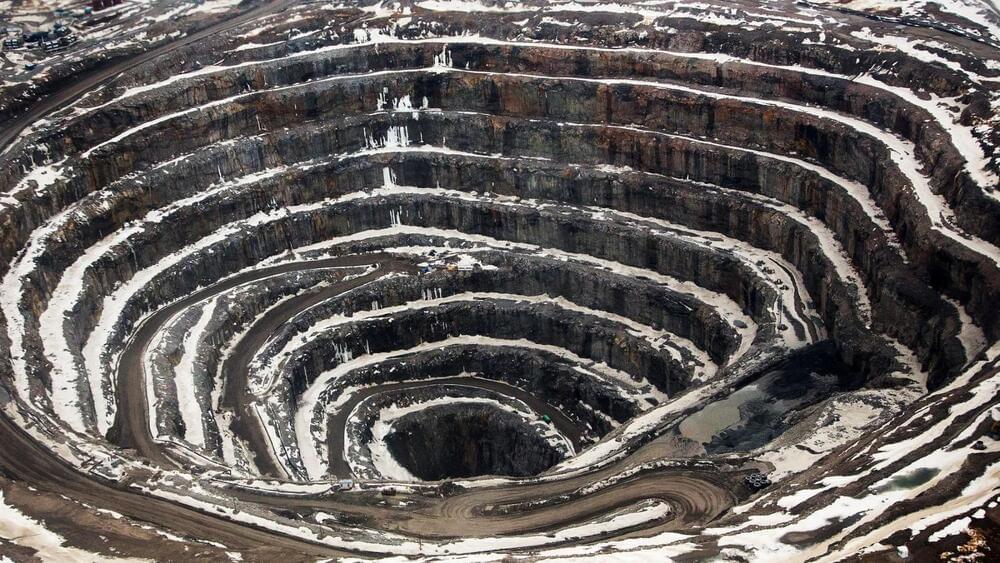“Our study is a stark example of how air pollution can substantially alter atmospheric chemistry thousands of miles away,” said Jacob Chalif.
How do fossil fuels influence the atmospheric chemistry of the Arctic? This is what a recent study published in Nature Geoscience hopes to address as a team of scientists investigated how air pollution caused by fossil fuels influences levels of methanesulfonic acid (MSA), which is an airborne byproduct of marine phytoplankton. This study has the potential to help researchers, climate scientists, and the public better understand the long-term consequences of fossil fuels and the steps that can be taken to mitigate them.
This study builds on several past studies, specifically a 2013 ice core research study from Denali National Park, that hypothesized reduced MSA levels resulted from drastic reductions in phytoplankton during the same period. However, the researchers ruled out a connection between MSA and phytoplankton populations but were still puzzled about the drops in MSA levels in the Arctic.







